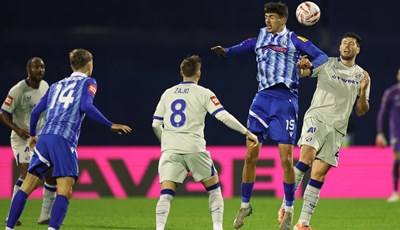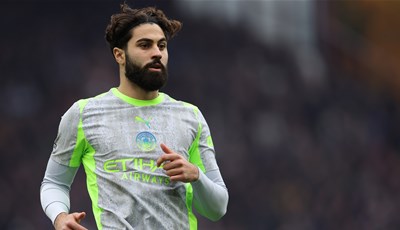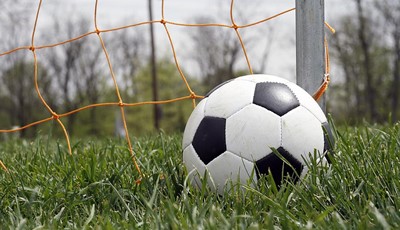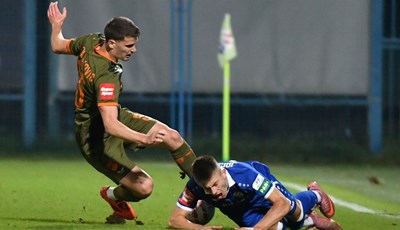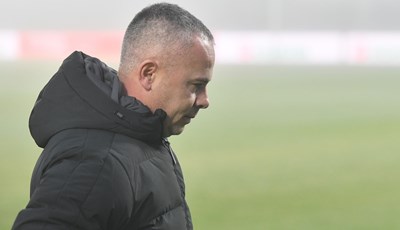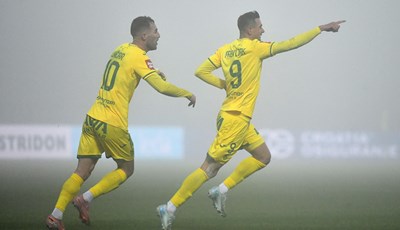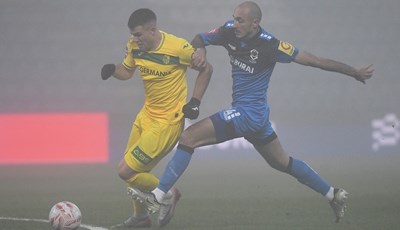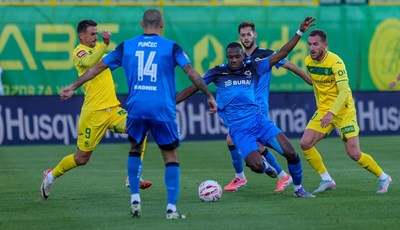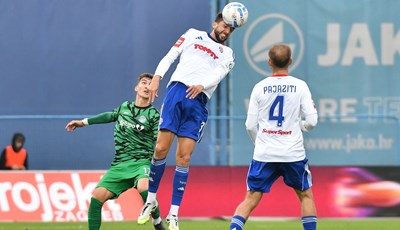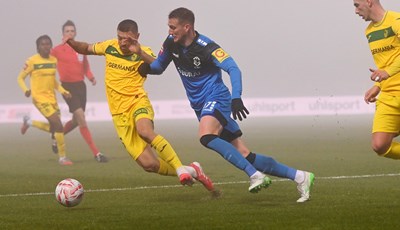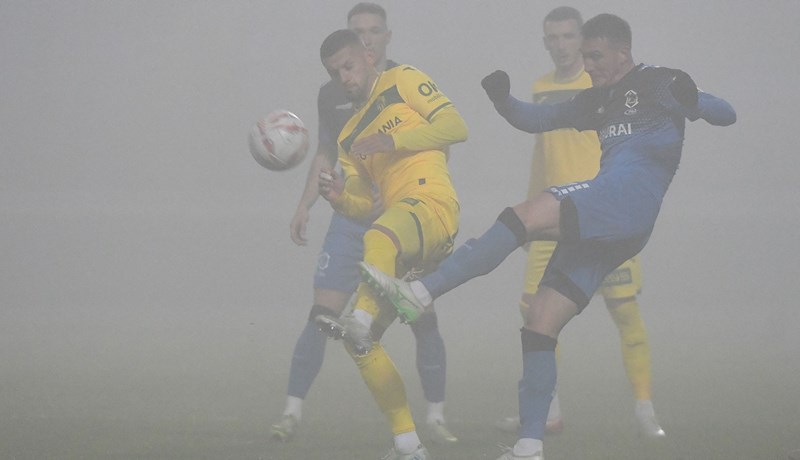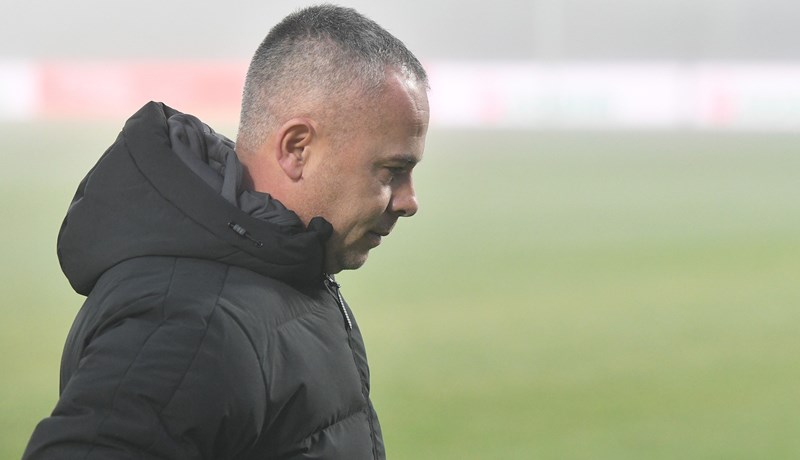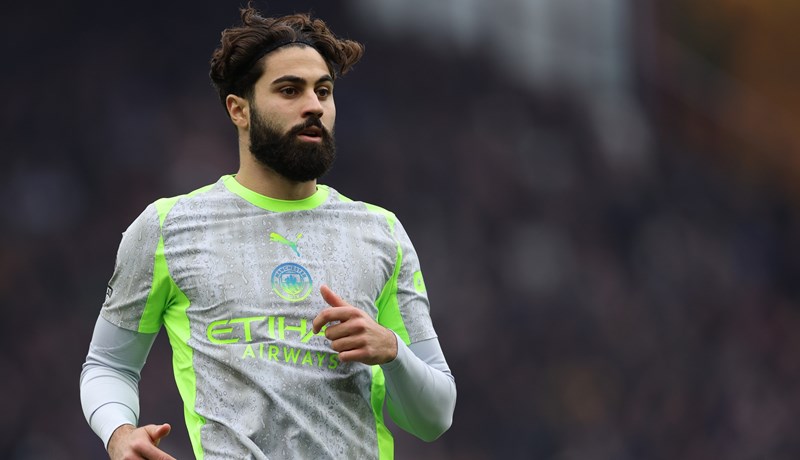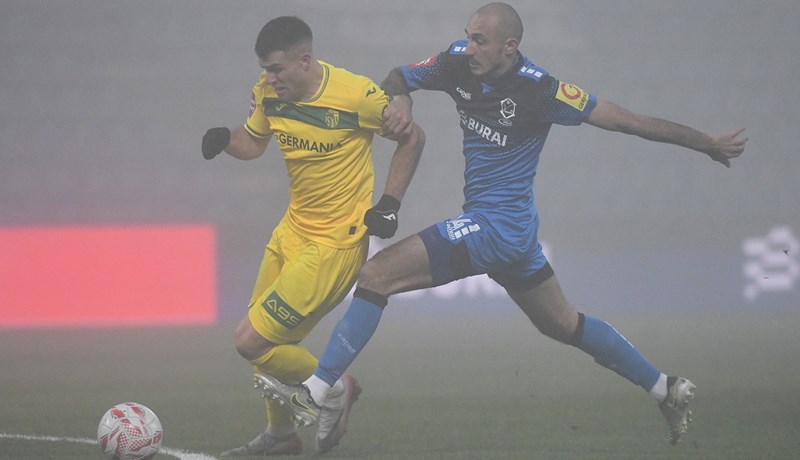Evo sta se prica dosad o prvenstvu - npr. jedna odlicna analiza TOP 4 MOMCADI - medju kojima je naravno i Hrvatska - sa CNN sports.
Rongen's Euro Notebook: Eyeing the Dutch, how to beat the Top 4
U.S. Under-20 national team coach Thomas Rongen continues
his periodic analysis on the European Championship. Rongen is a former
Dutch national-team player and veteran of the NASL. He made his name in
America with head coaching gigs with four Major League Soccer
franchises.
Clockwork rewound
Obviously, since I'm
Dutch, I'm extremely happy to see the Dutch national team playing so
well. They play attractive, attacking football, and they've outscored
Italy and France -- both 2006 World Cup finalists -- by a combined
score of 7-1. As I said in my last notebook, they play a variation of
Total Football, the strategy popularized by Rinus Michels at
Ajax Amsterdam in the 1970s and the "Clockwork Oranje" Dutch national
team of the '80s, where every player on the field is interchangeable
and can contribute to the attack.
Current coach Marco van Basten
played under Michels on the national team in the '80s, but he has added
some of his own philosophies to this team. It's far from the
free-flowing style we saw in the '70s. I've spent some time with van
Basten (he actually has a very keen interest in how soccer is
developing in the U.S.), and he explained to me what he is trying to
accomplish with this current group. He modeled much of this team on the
great Brazilian World Cup-winning squads of 1958 and '70, and somewhat
on the French team that lost in the '06 World Cup final to Italy.
Unlike
those Dutch Total Football teams in the '70s -- which required
technical efficiency and tactical brilliance from every single player
-- van Basten has emphasized the counterattack, which is the key to
success in the modern game. You want to be able to exploit your
opponents' lapses in judgment because you don't get many of those
opportunities. Five of Holland's seven goals have come off the
counterattack and have taken advantage of the incredible speed on the
squad.
Van Basten's team looks very different on defense than
it does on the attack. On Holland's half of the field, there are two
holding midfielders in front of the back four, which creates a stiff
defensive block of six. That spreads the numbers and puts less
responsibility on the central defenders, allowing the team to grab a
loose ball and break on a counterattack.
When that happens,
the team shifts from that 4-2-3-1 formation to a 4-2-4, where even the
wing backs are involved on the attack. Giovanni van Bronckhorst
is a good example: He's a left back, but has assisted two of the
Holland's seven goals and even netted one of his own. When you can
break with speed, as the Dutch have done, there isn't much you can do
to stop them, as evidenced by Robin van Persie's brilliant goal against France. Ruud van Nistelrooy passed along the sideline to Arjen Robben, who coolly crossed it from the left side to a streaking van Persie.
That
said, it exposes the Dutch on several fronts. Even though both France
and Italy were beaten soundly, they still were able to shed some light
on Holland's vulnerabilities. Namely, defense: The Dutch defenders
don't have the same athleticism as the attackers and are often
vulnerable in one-on-one situations. Van Bronckhorst and Andre Ooijer,
in particular, are easier to beat, and we haven't seen the Dutch face
an offense like theirs; they're vulnerable to the counterattack
themselves.
Beating the top teams
That's the key to
beating the Netherlands, the most impressive team so far at the
European Championship. With the group stage coming close to an end,
here's what I think can bring down the other three top teams:
Portugal: Paulo Ferreira may be a suspect fullback, but in central defender Pepe, you've got perhaps the best defender in the field, so Portugal's back four is solid. Behind them, though, Ricardo
is the weakest goalkeeper of the top four teams. He doesn't manage the
18-yard box or play off the line nearly as well as guys like Spain's Iker Casillas or the Netherlands' Edwin van der Sar, and he's very vulnerable on set pieces.
Croatia: Slaven Bilic
has organized perhaps the best-disciplined team in the tournament.
They're tactically sound, patient and make few mistakes. Like a chess
player, they're always looking a few moves ahead. If you don't match
their work rate and discipline, they'll outlast you. Germany learned
this the hard way.
That said, Croatia doesn't have the go-to guys that Spain, Portugal and the Netherlands do. Beyond playmaker Luka Modric (and maybe Ivan Klasnic,
back from a kidney transplant) there aren't many guys who can make an
individual difference. If you lock him down, you can beat Croatia by
unleashing your most skilled players.
Spain: Out of the top four teams, Spain has perhaps the weakest back four, especially if Carles Puyol
misses more than one game (he'll be out against Greece on Wednesday).
With Puyol out, there's no rock in back -- he's the man on that defense
and the verbal leader who barks out orders and holds it together.
Of more concern is right back Sergio Ramos.
I know he's a young star who is still proving his excellence, but the
22-year-old Real Madrid man makes some bad decisions and fouls too
often. He's not as good a man-marker as people give him credit for,
either -- Zlatan Ibrahimovic really exposed him on Saturday,
out-muscling him to the ball and scoring Sweden's goal. If you run at
Ramos and force him to foul, you can expose perhaps Spain's biggest
weakness.
Naravno da se mi ne slazemo kako Hrvatska nema nijednog ''covjeka od stature'' osim Luke Modrica - ali valjda to tek svijet treba otkriti - HEH... 
Ostatak clanka mi se svidja - pa eto - postam ga.
Hrvatska košarka - Povratak u budućnost...
